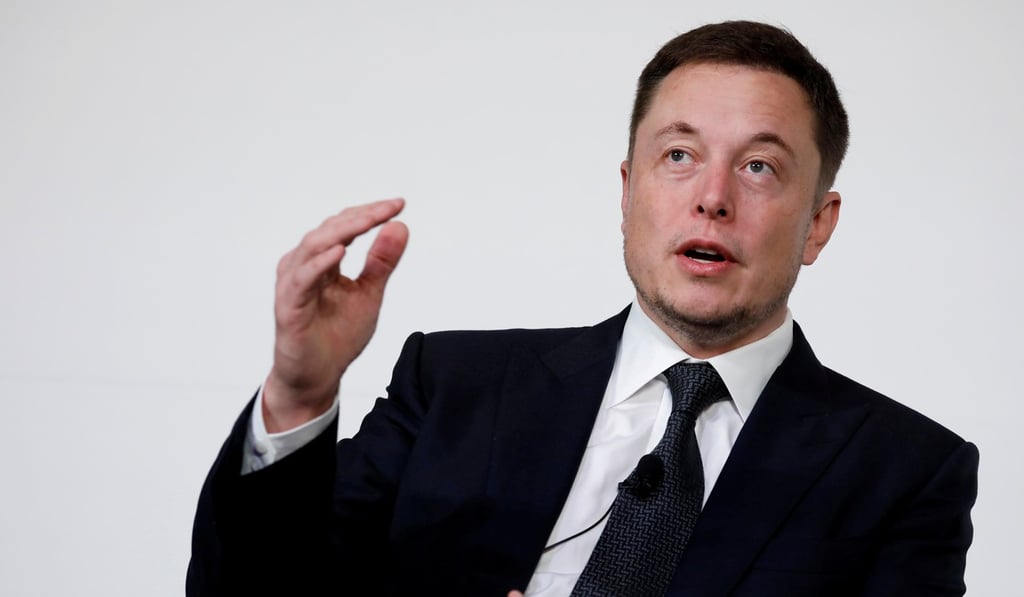Opinion | Can Tesla take over the world? It all depends on Elon Musk finding a lieutenant
Steve Jobs at Apple had Tim Cook, and Mark Zuckerberg at Facebook has Sheryl Sandberg. Behind every visionary leader stands an execution tsar

Tesla announced its earnings on Wednesday last week. Nobody expected chief executive Elon Musk to come through with any profits, unlike other carmakers. By merely posting less-than-expected losses for the second quarter, the company increased its share price by more than 6 per cent in after-market trading.
Tesla’s lack of profits should come as no surprise. All start-ups must go through an investment phase. In 2016, the Palo Alto, California-based carmaker lost about US$770 million on US$7 billion revenue, meaning it was losing money on every car it sold. Ford, conversely, was making US$10 billion in pre-tax profits on US$150 billion revenue.

Behind every visionary leader stands an execution tsar. The failure of Uber’s Travis Kalanick is recent proof of this age-old wisdom
Is the financial market blindly exuberant about Tesla?
In studying disruptive innovation, Harvard Business School’s Clayton Christensen noticed more than a decade ago that technology creators often struggle to commercialise promising technologies, even when the clear benefits of doing so are demonstrated. The problem is further exacerbated when the firm must work with other companies down the value chain to manufacture the finished goods.
In 1965, scientists at DuPont invented an ultra-strong fibre called Kevlar. The endurance of the miracle fibre would have made it an obvious choice for tire cord, replacing the steel-belted radial tyres of the time. After spending US$400 million on constructing a Kevlar cord plant, however, DuPont belatedly discovered an adhesion problem with Kevlar cord and tyre rubber when manufactured at a high volume – a problem that had not appeared in test tyres handcrafted in-house. In other words, Kevlar could not be implemented directly into the existing manufacturing process in the downstream tire manufacturers such as Firestone or Michelin.
The only solution would have been for DuPont to forward-integrate and essentially become a tyre manufacturer. Alternatively, DuPont could have hoped for a tyre company to completely retool its manufacturing plant to take advantage of Kevlar’s unique properties. But none did.
Kevlar therefore remained a scientific curiosity until its application as bulletproof fabric, thanks to its perfect compatibility with existing weaving technologies in downstream textile manufacturers, such as W. L. Gore.

